There can be your advertisement
300x150
How Not to Argue with Your Wife About Renovation: 3 Zones Where You Can Compromise and 2 Where You Should Stand Firm
How to Reach an Agreement Without Divorce?
Renovation is the second most destructive factor for relationships after having children. She wants a romantic space with details, you prefer minimalism and functionality. She dreams of a pink bathroom, you see the apartment in neutral tones. How to reach an agreement without divorce? We'll explore where compromises are acceptable, and where it's better to stand firm for the sake of family budget and common sense.
Main Points from the Article:
- Women make emotional decisions in design, men — rational; conflict is inevitable;
- It's better to yield in decor and colors — it doesn't affect functionality or budget significantly;
- Layout and engineering should be controlled by men — errors here cost tens of thousands;
- 70% of arguments over renovation stem from different understandings of spending priorities;
- Proper distribution of responsibility zones reduces conflicts by 80%.
Psychology of Decision-Making: Why We See Things Differently
The female brain activates emotional centers when choosing design. It's important to her how the space makes her feel and what emotions it evokes.
Male approach is based on logic: functionality, durability, maintenance cost. Beauty is a pleasant bonus but not the main criterion.
Evolutionarily, women were responsible for nest-building, men — for protection and resource provision. Hence, different priorities: she thinks about comfort, you — about practicality.
A compromise is possible if you understand each other's motivations. She needs beauty and comfort, you — reliability and economy. The task is to find solutions that satisfy both needs.
Zone of Compromises #1: Color Palette and Decor
- Wall colors — not the hill on which you must die. The difference between white, beige or pale pink is not critical for functionality but can be crucial for the female perception of comfort.
- Decorative elements — pillows, curtains, paintings — are easily changed and don't affect the structure. Let them have ruffles if it makes her happy. The main thing is that they don't interfere with you.
- Textiles and accessories are updated every 2-3 years, so their cost can be considered a consumable expense. Compromise: agree to her choices but within reasonable budget limits.
- Lighting — a negotiation area. She needs cozy lighting, you — functional. Solution: multi-level lighting with adjustable settings.
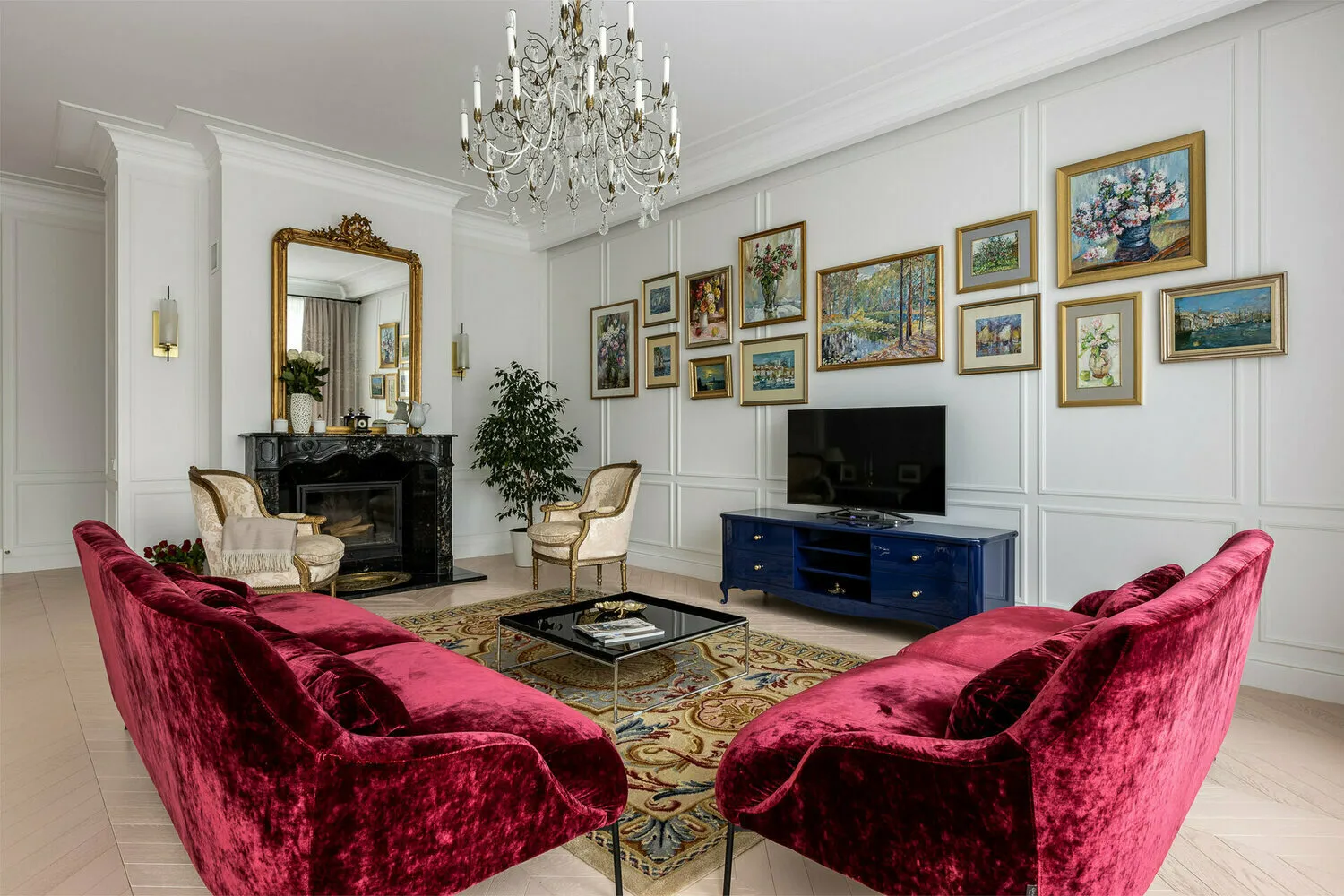
Design: Roman Mironov and Andrey Vasiliev
Zone of Compromises #2: Layout of Comfort Zones
Female zones in the house — bathroom, kitchen, bedroom. Here her opinion should be decisive if it doesn't affect structure or communications.
- Kitchen setup — her domain. Placement of appliances, storage systems, work surfaces. You cook once a month there, she — every day.
- Bathroom is also mostly a female zone. If she wants a jacuzzi or tropical shower — let it be, if the budget allows and technically possible.
- Bedroom — a shared area, but women spend more time in it for self-care. Vanity table, mirrors, clothing storage systems — her area of expertise.
Zone of Compromises #3: Furniture and Comfort
- Soft furniture — sofas, armchairs, beds. Women better understand ergonomics and comfort. If she says the sofa is uncomfortable — it probably is.
- Storage systems in living zones. Wardrobes, dressers, shelves — let her choose but within an agreed budget. She better understands how much and what to store.
- Children's room (if there are children) — fully a female zone. Here male opinion can only be advisory.
By the way, about compromises: by agreeing to her choices in these zones, you gain the right to voice your opinion in your priority areas.

Design: Elena Zufarova
Zone of Principle #1: Engineering and Communications
- Electrical, plumbing, heating, ventilation — male responsibility. Errors here cost tens of thousands and create problems for years.
- Quality of wiring and number of outlets you decide. Women underestimate electrical needs. Better to install more outlets than later have to cut walls.
- Plumbing must be reliable, not just beautiful. Cheap mixers and pipes — false savings. A leak can cost more than the entire budget saved on materials.
- Heating and ventilation — questions of comfort and health. Don't skimp on equipment quality and correct power calculation.
Zone of Principle #2: Budget and Spending Priorities
The overall renovation budget is determined jointly, but expenses should be controlled by the one who understands costs of work and materials better.
- Prioritizing spending — male competence. First engineering and rough work, then finishing and decor. Women tend to spend on beauty at the expense of reliability.
- Choosing contractors and quality control. Women are often swayed by low prices and attractive promises. Men better assess real qualifications of craftsmen.
- Budget reserve (20-30% of estimate) — mandatory insurance. Women tend to spend the entire budget on visible improvements, forgetting about unexpected costs.
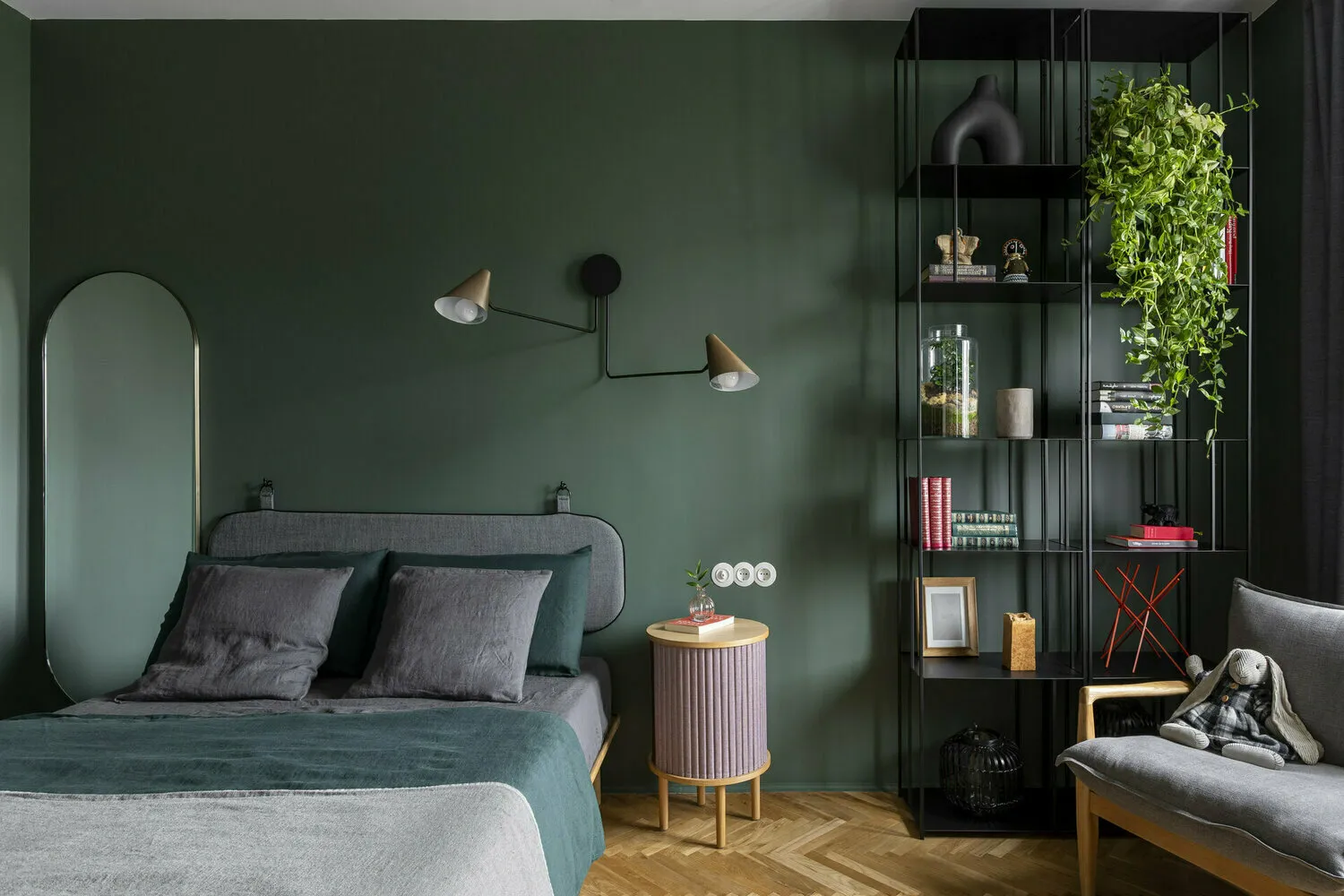
Design: Daria Kurchanova
Conflict-Free Negotiation Strategies
- Divide responsibility zones in advance. Clearly agree who is responsible for what. This reduces the number of disputable questions by 80%.
- Set spending limits by categories. For example: no more than 15% of the budget on decor, no more than 25% on furniture. Within the limit, each decides for themselves.
- Use the veto principle. Each can veto one partner's decision but must propose an alternative in the same price range.
- Make choices step by step. First layout and engineering, then finishing, and finally decor. Don't try to solve everything at once.
Common Mistakes Men Make in Negotiations
- Logical arguments against emotions don't work. The phrase 'this is impractical' doesn't convince a woman who fell in love with a specific solution.
- Ignoring female opinion in 'her' zones. Even if you understand design, her voice should be decisive in the bathroom and kitchen.
- Trying to save money on what's important to women. If a beautiful mixer is a priority for her — don't insist on the cheapest one. Find a compromise.
- Accepting all decisions alone. 'I'm paying' — not an argument in family relations. Consult even if the competence is yours.
What to Do If a Compromise Is Impossible
- A temporary pause helps cool down emotions. Put the controversial issue aside for a week, maybe a third option will appear.
- Consulting with a designer or architect can be cheaper than divorce. A neutral professional opinion often reconciles the parties.
- Divide disputable elements by time. Do it your way now, and the next renovation — her way.
- In extreme cases — coin voting. Whoever pays more has more votes. But use this argument carefully.
Long-Term Outlook
Remember: renovation is temporary, relationships are permanent. It's better to agree on pink tiles than live with a resentful wife for the next 10 years.
- Any renovation can be redone, but damaged relationships are harder to restore. If the argument gets stuck — choose family.
- Perfect renovation — one that both are satisfied with. Even if it's not your ideal, but a compromise that satisfies the spouse — that’s a victory.
Ultimately, the home should be a place where everyone feels comfortable. Your task is to create a space for happy family life, not a museum of your design taste.
Renovation is a test of compatibility and negotiation skills. Pass it with dignity, and future family life challenges will seem easier. The main rule: compromise on small things, stand firm on principles, but always remember the ultimate goal — a shared home and happy relationships.
Cover Design: Elena Uchayeva's Design Project
More articles:
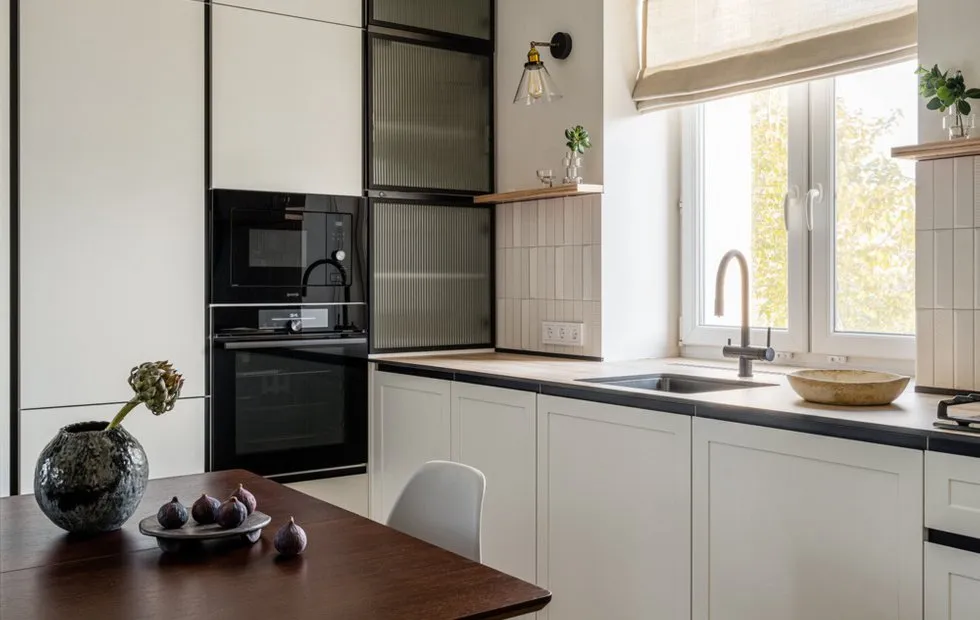 Kitchen of Your Dream for Reasonable Money: Secret Tips Used by Designers for Their Homes
Kitchen of Your Dream for Reasonable Money: Secret Tips Used by Designers for Their Homes 5 Most Recognizable Buildings in Moscow: From Imperial Mysteries to Architectural Revolutions
5 Most Recognizable Buildings in Moscow: From Imperial Mysteries to Architectural Revolutions Why Khrushchyov-era layouts were genius, and we don't understand it
Why Khrushchyov-era layouts were genius, and we don't understand it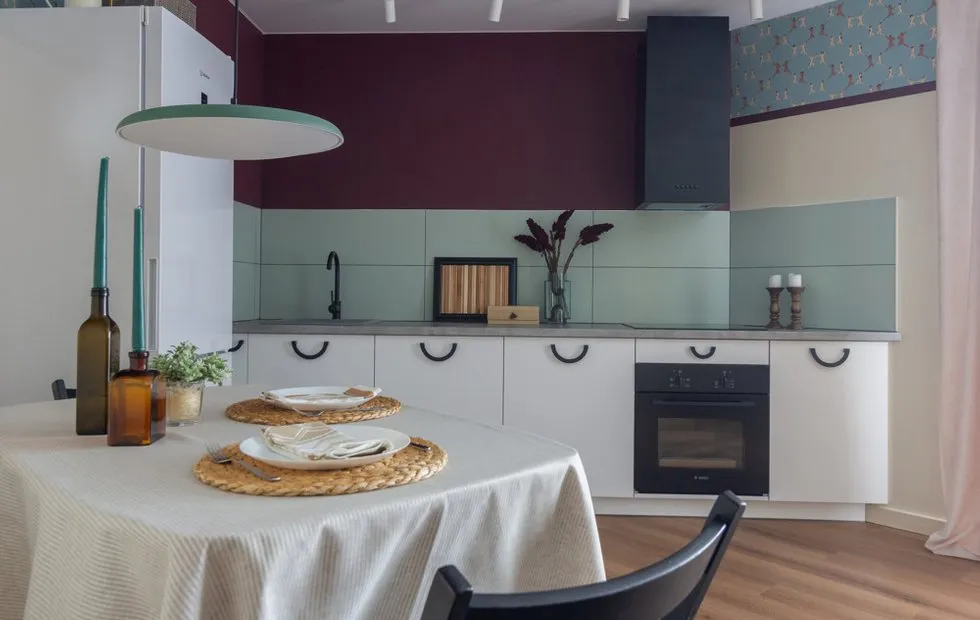 Kitchen Without Upper Cabinets: 5 Unspoken Advantages
Kitchen Without Upper Cabinets: 5 Unspoken Advantages From Khrushchev to Brezhnev: Evolution of Soviet Mass Housing
From Khrushchev to Brezhnev: Evolution of Soviet Mass Housing How to Choose a Bed for Comfortable Sleep: Buyer's Guide
How to Choose a Bed for Comfortable Sleep: Buyer's Guide Brezhnev-era bathroom: before and after dramatic transformation
Brezhnev-era bathroom: before and after dramatic transformation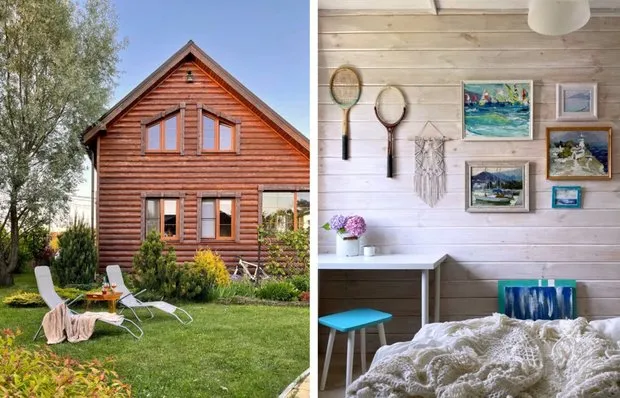 Cozy Cottage 160 m² in Tula Region for Large Family
Cozy Cottage 160 m² in Tula Region for Large Family